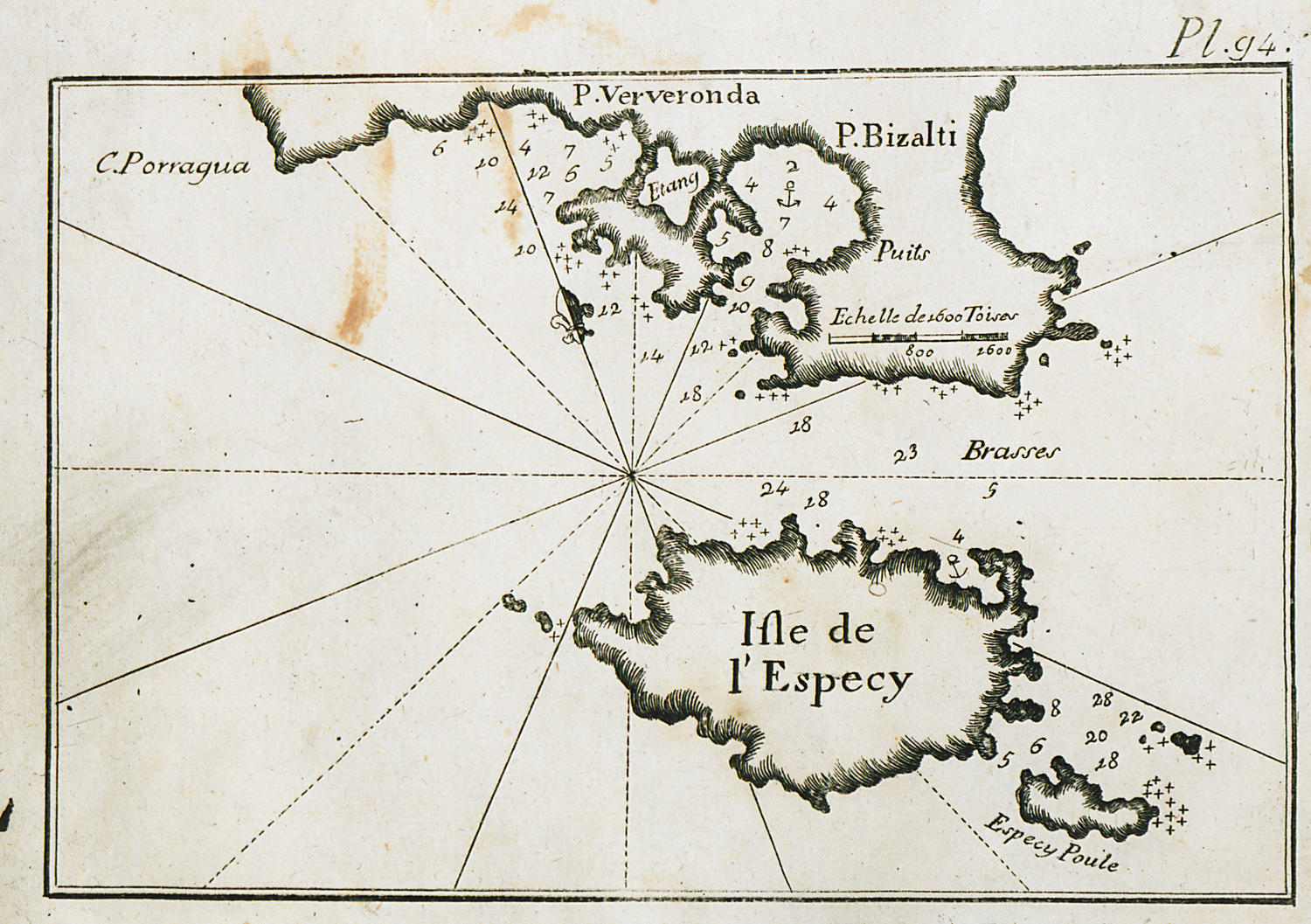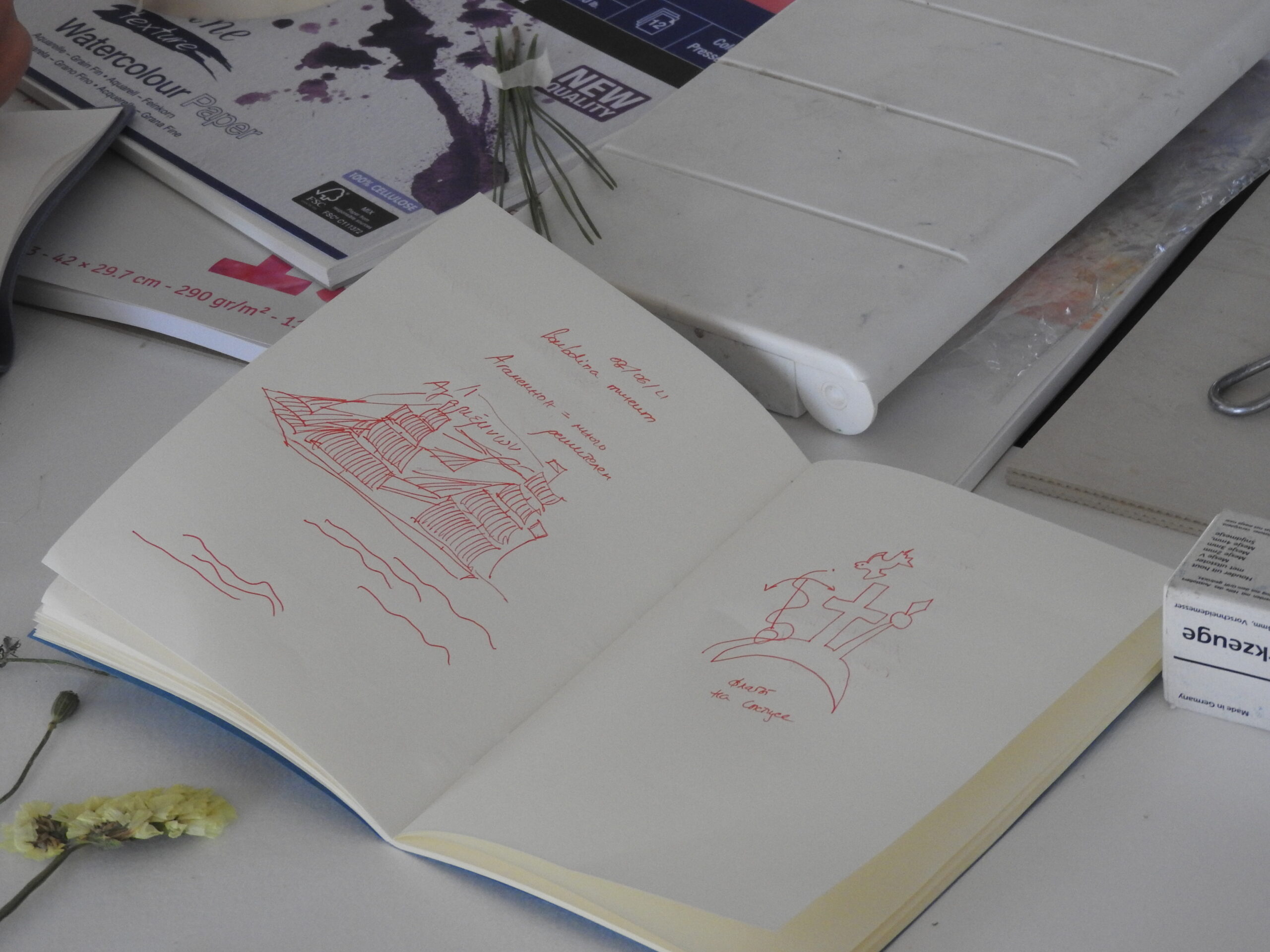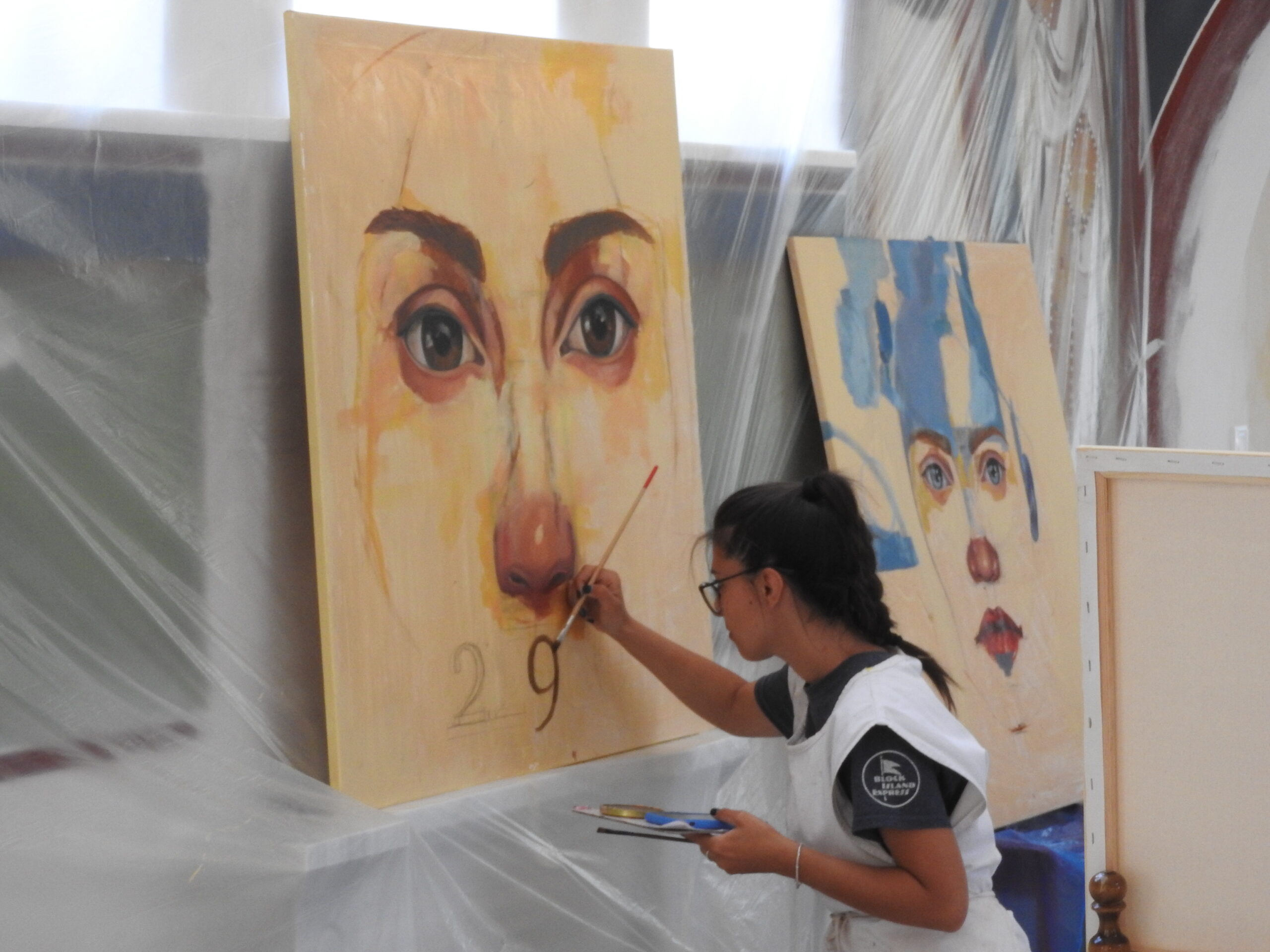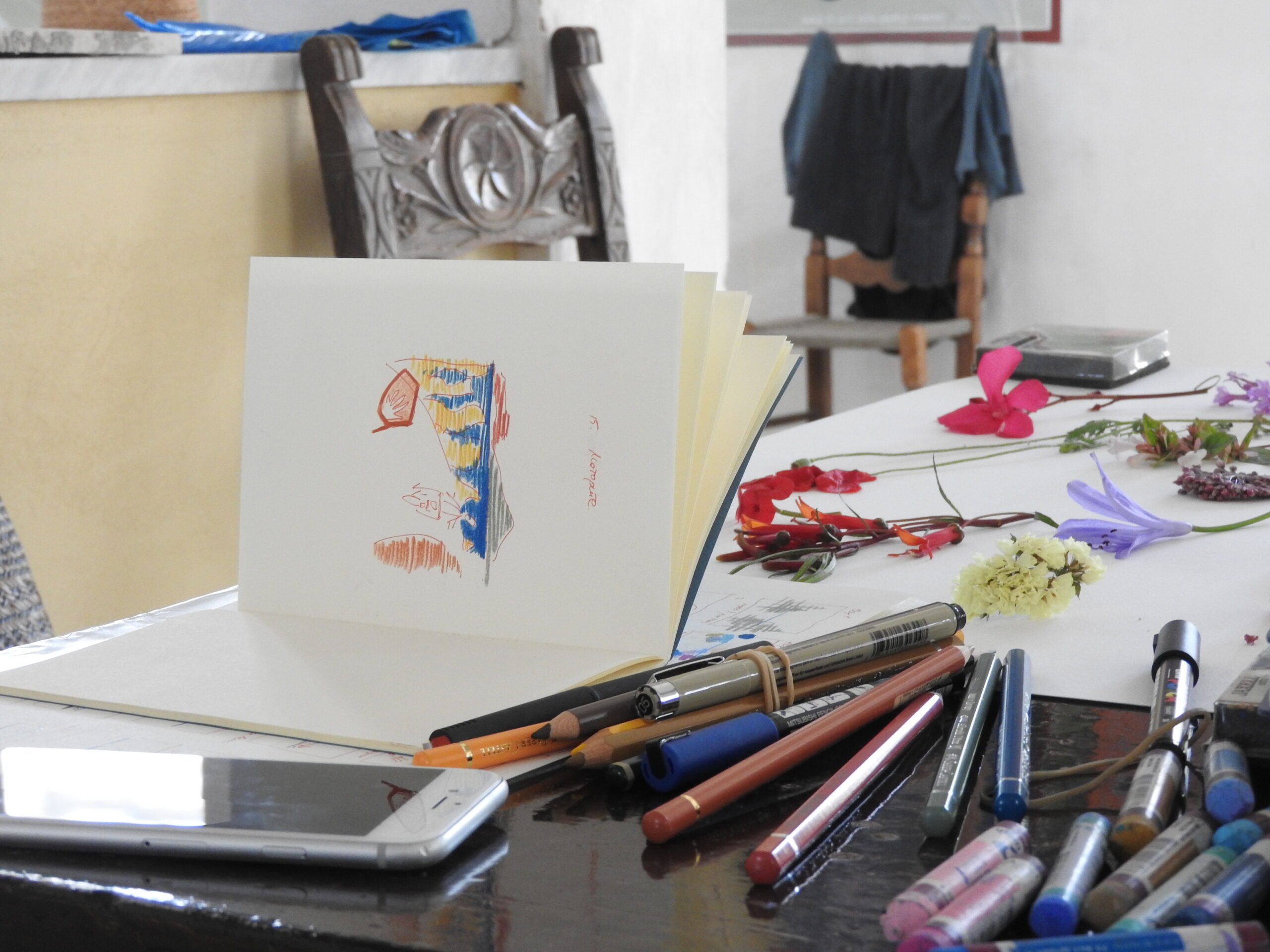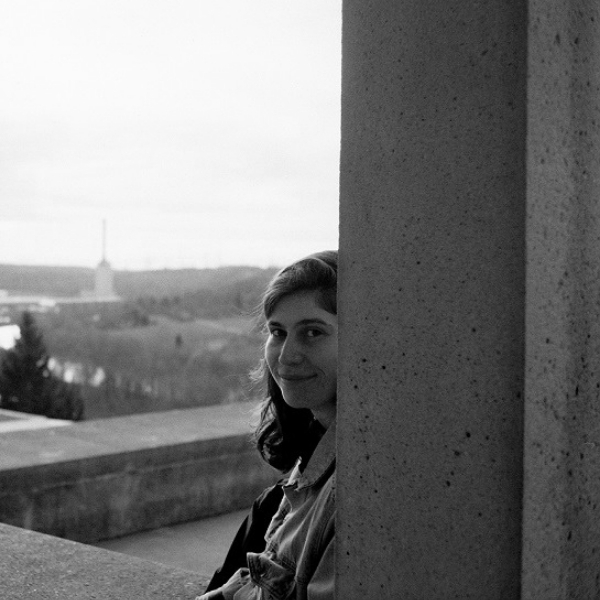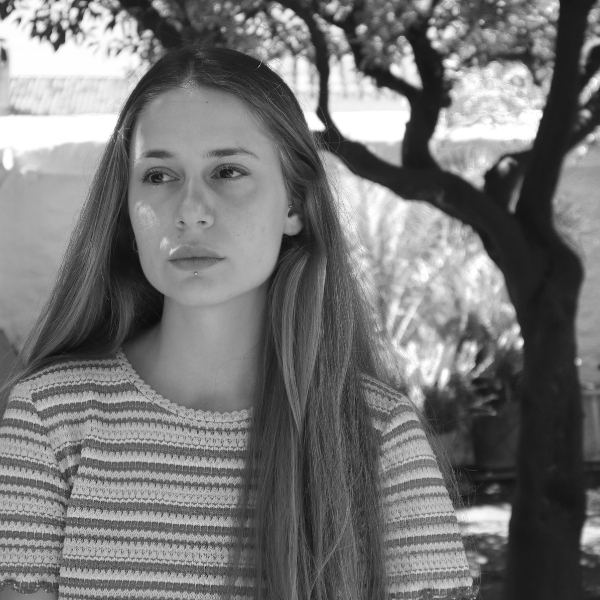Spetses is a small island located in the Argolis Gulf of Greece, near the east coast of the Peloponnese. From the Hellenistic era up to nowadays, it is naturally and continuously connected to the sea. In the 3rd millennium BC, the natural harbours of the island served as a refuge for ships carrying goods to and from the Argolis Gulf. In the 15th century, during the Venetian rule, Spetses was positioned on one of the major spice trade routes (a.k.a. maritime silk roads). In the 18th century, during the Ottoman rule, merchant seafaring flourished under the use of the Russian free-pass flag. Later on, the merchant naval fleet participated in Russian-led rebellions and spearheaded the Greek War of Independence (1821-1829). Since the end of the 18th century, shipbuilding of wooden vessels was constantly growing, and, in 1868, Spetses was the second biggest ship constructor in Greece.
During the 20th century, there was always merchant activity with the nearby islands, coastal towns and villages. In the contemporary era, the sea and its uses are always on the forefront. Traditional ship construction and repair is still practiced, fishermen travel the open sea for a living, the tourist industry professionals use the sea and the coastlines in their activities. One way or another, there is always a connection between the sea and the life of the Spetsiote community. Despite changes in the relations with it and the uses of its offerings, the sea is omnipresent in the history of the island, and decisively defines and redefines the identity of the in-group.
Geographically-speaking, Spetses is considered to belong to the Saronic Islands. But administratively, it belongs to the regional unit of Attica, and is an independent municipality. Officially, it has a population of around 4,000 people, and it is estimated that around 2,500 of them live here all year long. The town of Spetses is the only large settlement of the island, followed by a smaller one called Agii Anargyri.
Unlike the famous Cyclades or the northeast Aegean sea, Spetses is not a typical example of Greek insularity due to its proximity to the Peloponnesian coast (only 1,5 miles from the nearest coast). Another particularity of the island is that it is car-free. This means that there are restrictive traffic measures in place that don’t allow the free movement of cars and trucks for convenience and environmental purposes. However, the result of this ban is the existence of a huge “fleet” of motorcycles and motor tricycles, which causes noise pollution.
Like most of the Greek islands, the economy of Spetses is based on tourism. The majority of tourists, both natives and foreigners, visit the island from May to September, with the high season being the period from June to August. Most of them are attracted to Spetses due to its associations with history, nobility, and cosmopolitanism. The fact that the naval fleet of Spetses played a significant role in the Greek War of Independence, makes the island an important historical place and touristic destination. At the same time, royals, millionaires, tycoons, celebrities and famous personalities visit the island for leisure, and many of them own historical mansions and land in Spetses, enhancing its reputation and attractiveness.
The ancient geographers Strabo (1st century BC) and Pafsanias (2nd century AD) mention Spetses island by the name Pitiousa which means “planted with pine trees”. However, the Venetians, who ruled the island from the 13th to the 15th centuries, named it Spezia (meaning “spice”) due to its position on one of the major spice trade routes. Later on, Spezia was hellenised to Spetsai (Spetse/Spetses).
Spetses can boast of having a long naval history and tradition. The archaeological findings in the island show the existence of harbours and ship trade since ancient times. However, it was during the Ottoman era that Spetses turned into a strong naval power due to commercial privileges offered by the Ottoman Sultan.
In 1770, the inhabitants of Spetses, along with the Russians and other island populations, revolted, turning their naval fleet against the Ottomans (Orlov Revolt). The aftermath of this revolt was the complete destruction of the island by the Ottoman army and navy. In 1774, populations from the Peloponnesian coast resettled the island, and managed to recreate a powerful commercial fleet, due to the signing of the Ottoman-Russian Treaty of Küçük Kaynarca, which allowed the free movement of ships bearing the Russian flag. Later on, ships breaking trade embargoes of the Napoleonic Wars brought huge profits to the local seafarers.
Spetses is also famous for its significant role in the Greek War of Independence spearheaded by the prominent female figure of Laskarina Bouboulina. Her life-sized statue can be seen in the main dock of the island, while her mansion is nowadays open to the public, since it hosts the homonymous museum dedicated to her and her contribution to the war. It is worth mentioning that Spetses was the first of the Greek islands that participated in the war with its armed merchant ships, which operated in both naval battles and raids against the Turkish coast and the siege of fortresses in the Peloponnese. In addition, the Spetsiote captains were so wealthy that they funded the war effort continuously.
After the establishment of the Greek state, Sotirios Anargyros, a US tobacco tycoon coming from Spetses, moved to the island, and started an ambitious project of transforming it through charity. He built an Egyptian-style mansion, the Poseidonion Grand Hotel, the Anargyrios and Korgalenios School of Spetses, and launched a pine tree-planting project throughout the island.
Spetses has managed to retain its individual character thanks to its well-preserved grand captain mansions, and its official characterisation as a traditional settlement (Government Gazette Issues 594/Δ/78, 740/Δ/81, 961/Δ/92). The architectural style of the buildings in the island has been influenced by both the eastern and western styles, and despite the existing variations, is characterised by a set of common elements. Based on their design and structure, these buildings can be identified as “I-”, “L-”, and “Π-” shaped, and are usually two-storey. In addition, almost all of them have (a) a high-wall, pebble-floor yard, (b) a stone staircase, (c) a tile roof, (d) ceilings decorated with paintings, and (e) walled cupboards.
Wooden shipbuilding (a craft inscribed on the National Inventory of Intangible Cultural Heritage of Greece since 2013) is perhaps the most important traditional practice and cultural identity element of Spetses. This practise is still preserved and transmitted from one generation to the next through oral tradition and apprenticeship. Even today, when the plastic hull dominates shipbuilding and navigation, the shipwrights of the island continue to build and repair wooden vessels, constructed mainly for fishing and leisure. In the past, these skilled craftsmen used to log the pine forest of the island, since pine wood hardens and becomes more durable, as soon as it is exposed and wetted by seawater. This is due to the resin content of the wood, which reacts with saltwater, and creates a cohesive mix that protects the wood from erosion. This traditional technique and know-how was one of the reasons why the “trechantiri” (“fast-running”) boats produced in Spetses used to be famous around the eastern Mediterranean. However, nowadays, shipbuilders use iroko wood in order to construct new vessels and repair the old ones.
Usually, the process of shipbuilding incorporates certain ritual practices and beliefs for the craft to be fortunate, wholesome and seaworthy. Such events may take place during the various stages of building a ship and launching it into the sea. Here, we prefer to refer to the so-called “Armata” — the most famous festivity in Spetses, in which the local shipwrights and shipyard workers are also actively involved. The Armata is organised every year at the first half of September, and includes musical, theatrical, dancing, literary and religious events. The highlight of this festivity is the re-enactment of the Battle of Spetses (or Battle of Nauplia), which took place on September 1822, when the united fleets of Spetses, Hydra and Psarra islands fought against the Ottoman fleet led my Mehmet Pasha. Many local people get actively involved in both the preparation of the Armata and the re-enactment of the battle. Traditional shipbuilders create the model of the Ottoman flagship, a local youth plays the role of the local hero, Kosmas Barbatsis, who allegedly set the flagship on fire, local people dressed in traditional costumes act as background actors, and traditional and modern boat owners participate in the sea battle reenactment. Local clubs and associations are also active participants in this festivity, while the narration is performed by the local high school principal in Greek, and one of the Bouboulina Museum owners in English.
Another significant tradition related to the sea in Spetses is the art and craft of constructing pebble floors and yards. This art and craft is also preserved and transmitted from one generation to the next orally and empirically, and the pebble craftsmen are very rare and highly valued in the island. In order to create such floors and yards, craftspeople use sea sand, mud, and white and dark pebbles. Before the installation, they sieve the sand, and clean the pebbles. Then, with the use of frames, they create designs that depict symbolic images, personalities, sea motives and other decorative patterns. Quite often, they frame the pebble floors with paving stones. And of course, they take care of their restoration.
Spetses has been and still is the place of origin, the home, and the source of inspiration of many artists. Eleni Boukoura-Altamoura (1821-1900), who is noted as being the first female painter of modern Greece, was born, lived, and died in Spetses. She studied in Naples and Florence, where she had to dress as a man, in order to be able to attend art classes. Her life was full of personal tragedies that inspired the author Rhea Galanaki to write the novel Eleni, or, Nobody (2004). There is also a 56-minute long documentary titled Eleni Boukoura-Altamoura: The First Greek Woman Artist (Pini, 2019) dedicated to her. Altamoura’s son, Ioannis Altamouras (1852-1878), was also a painter, famous for his seascape paintings.
The Greek sculptor Natalia Mela (1923-2019) used to spend significant time of her life here, and to contribute with her work to the aesthetic improvement of the island. Her most memorable works existing in Spetses are the sculptures of the Greek Revolution figures, Laskarina Bouboulina and Thomas Barbatsis, and the ones that are exhibited in the sculpture park, in the lighthouse area of the island. In the Dapia area, one can also see a series of ceramic murals, created by Panos Valsamakis (1900-1986), who was the founder of artistic ceramics in Greece. The naïve painter Nikos Mantas (1921-2019), the pioneer of performance, sculptor and video artist Leda Papaconstantinou (born 1945), and the photographer, engraver and painter Lizzie Calligas (born 1943) are also distinguished artists, whose life and work is connected to Spetses.
Coming soon.
Filintra, M. (1998). “The Traditional Architecture of Spetses”. Kathimerini Newspaper (available online, in Greek).
Koumoundouros, K., Papaiosif, D. (2016). The Development of Sport Tourism on Spetses Island. Bachelor’s thesis. Athens: Technical School of Piraeus (available online, in Greek).
Moira, P., Mylonopoulos, D. (2010). “The Generation of Tourist Flows from the Valorization of the Naval Heritage: Maritime Cultural Tourism”. In L. Lowry (ed.). Proceedings of the 2010 Annual of The International Society of Travel and Tourism Educators (ISTTE) Conference: Education across the Waters: Expanding the Boundaries of Tourism and Hospitality, October 18-22, 2010 on Board Carnival Cruise Line’s Paradise (Vol. 22, pp. 127-139). St Clair Shores, MI: International Society of Travel and Tourism Educators (ISSN 1091-9120).
Stavrou Markou, M. (2015). Spetses as an Intermediary Tourist Destination and its Relation to Special Incidents and Events. Master’s thesis. Piraeus: University of Piraeus (available online, in Greek).
Stefanou, E. (2012). “The Materiality of Death: Human Relics and the ‘Resurrection’ of the Greek Maritime Past in Museum Spaces”. International Journal of Heritage Studies. 18 (4): 385-399.
Tsekoura, A. (2019). “Spetses: Pebble Floors and Cobblestones: The Old Crafts are… Paradise” (an interview with two pebble craftsmen of Spetses). Saronic Magazine (published online, in Greek).
Zacharopoulos, D. (2020). “Lizzie Calligas – Leda Papaconstantinou: ‘Two doors, Two windows’”, ArtStop Magazine (published online).
Other sources:
Aspects and views in Spetses – WordPress blog by Petros Haritatos
“Nikos Mantas: The Naive Painter of Spetses” – Short documentary by Leda Papaconstantinou (available on YouTube).
Research on local history, cultural heritage and traditions: Nikos Pasamitros
Research on open access repositories and illustration: Revekka Kefalea
Review and semantic enrichment: Mina Karatza, Revekka Kefalea
Last update: 25 June 2021.
During the Spetses Art Residency (June 2021), the artists-in-residence worked in the Three Spetsiot Martys Church, which is located in the Aghios Nikolaos (Saint Nicholas) area. The working space is actually the zenana of the church – admittedly, a quite weird place for an artistic workshop… But the area is related to the selected tradition of the residency, since it used to be the base of the shipyard and warehouses of Hatzigiannis Mexis (1754 – 1844) – notable resident, shipowner, and merchant of Spetses.
The Spetses Local Arts Exhibition took place from 12 to 22 July 2021, and was hosted in the Ecclesiastical Museum of Spetses, which is housed in the Church of Aghios Nikolaos (Saint Nicholas) – the patron saint of sailors and of all those who are at sea.
